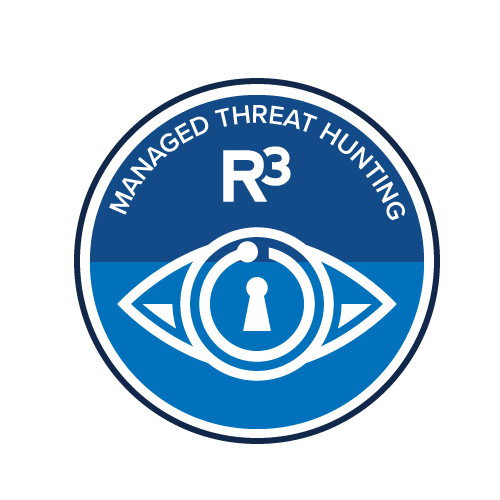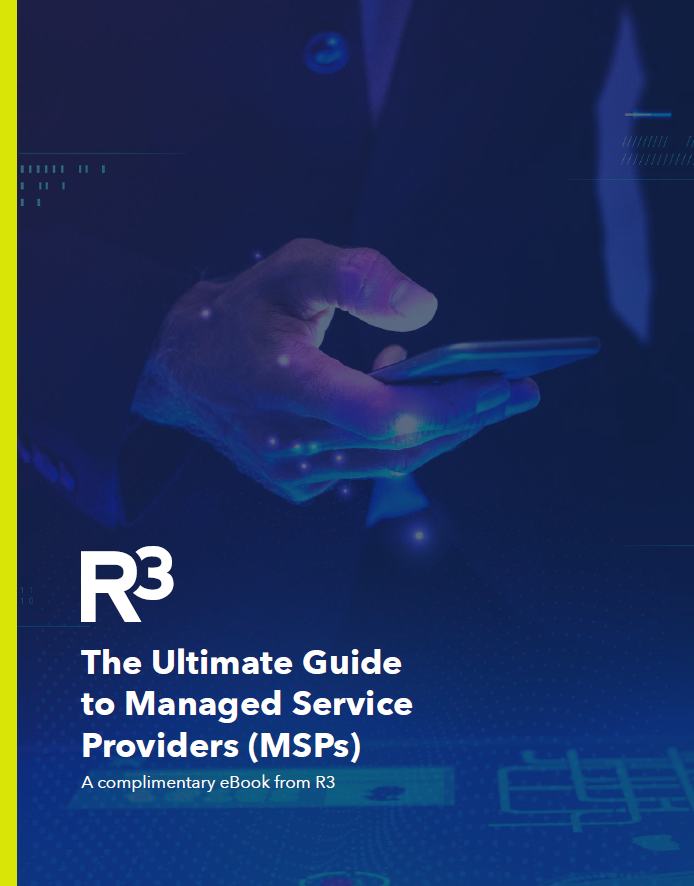Managed Threat Hunting
Take a proactive approach to identifying and neutralizing unknown or ongoing threats within your network.

Connect with a member of the R3 sales team today




Threat hunting requires skilled IT security professionals like our team at R3 who use threat intelligence, advanced analytics, and machine learning to find and investigate anomalies and suspicious activities in your network.
What is Threat Hunting?
Threat hunting involves searching for hidden malware or attackers that have evaded your organization’s initial security defenses and may cause serious damage if not detected and stopped. Leveraging our team of skilled cybersecurity experts, we not only identify potential threats but also provide comprehensive mitigation strategies to fortify your defenses against evolving cyber risks.
Our Threat Hunting Framework
1
Intelligence Acquired and Pattern Recognized
2
IOCs Identified
3
Full Environment Scan
4
Remediation Steps Taken
Threat Hunting Techniques
Structured Hunting
This is based on studying the indicators and methods of known attacks and looking for similar patterns in the network.
Unstructured Hunting
This is based on studying the indicators and methods of known attacks and looking for similar patterns in the network.
Situational Hunting
This is based on a hypothesis about the possible presence of a threat—such as a new vulnerability or a suspicious user behavior—and then the testing of it with data analysis.
Benefits of Managed Threat Hunting
Some of the benefits of managed threat hunting include:
Identifying Dormant or Hidden Threats
The discovery and detention of advanced, persistent, and hidden threats that may evade automated detection tools.
Reducing the Impact of a Threat
A reduction in dwell time and impact of attacks by finding and containing them before they cause significant damage or data loss.
Overall Improved Security Posture
The improvement of your company’s security posture and resilience with insights and recommendations on how to prevent future attacks.
Relying on Experienced Security Experts
The bolstering of your existing security team with experienced and skilled hunters who can leverage threat intelligence and best practices to hunt for threats.

Talk to a member of our team to learn more

Download The Ultimate Guide to MSPs
Check out our free eBook The Ultimate Guide to Managed Service Providers (MSPs) today.
Trusted by 1000+ customers
“We went out to find a managed services provider, and with R3 it’s become more of a partnership. They have the best intentions for KDB and want KDB to succeed. It’s been more than we asked for when we started the process.”

“An outstanding example of the level of detail and clarity for all R3 projects. The team made incredible progress on this critical project and most importantly - they completed it on-time.”

“R3's ability to manage large and complex projects is easily a 10/10. And in regard to their experience and technical ability to keep our systems protected, we have been very satisfied. We see R3 as a partner and we trust them.”

“Whether doing business over the phone, via email, or in-person, it’s always the same, excellent customer service. As someone who has been in the customer service industry since the early 80’s, I appreciate when businesses own and recognize that their level of service will determine their success.”

“We have someone who we trust and believe in when we call with a problem. To call an have someone who just talks to us a like a person. R3 follows through with everything they say they're going to do.”

“The flexibility of the R3 team was integral to the success of this move. As unforeseen challenges popped up throughout the project our business faced no interruptions to daily operations thanks to the ingenuity and experience of the R3 team.”

FAQ
Threat hunters use various methodologies to create and test hypotheses about potential threats.
Hypothesis-Driven Methodology; during a hypothesis-driven investigation, hunters use threat intelligence and data analysis to formulate and verify educated guesses about possible attacks.
Known Threat Methodology; if there’s already been a compromise or attack, hunters will use tactical threat intelligence to identify and track known malicious behaviors.
Unknown Threat Methodology; if threats are unknown, hunters will deploy powerful data analysis and machine learning strategies to detect anomalies and irregularities that may indicate hidden or unknown threats.
The difference between threat hunting and incident response is that while threat hunting is more proactive, exploratory, and preventive, incident response is more reactive, structured, and corrective.
Insider threat hunting is the process of proactively searching for and identifying potential threats within an organization caused by insiders and then mitigating malicious or negligent insider activities before they can cause significant damage or compromise the security of the organization.
Insiders refer to employees, contractors, or partners—basically anyone who has legitimate access to your company’s network, data, and/or systems.
